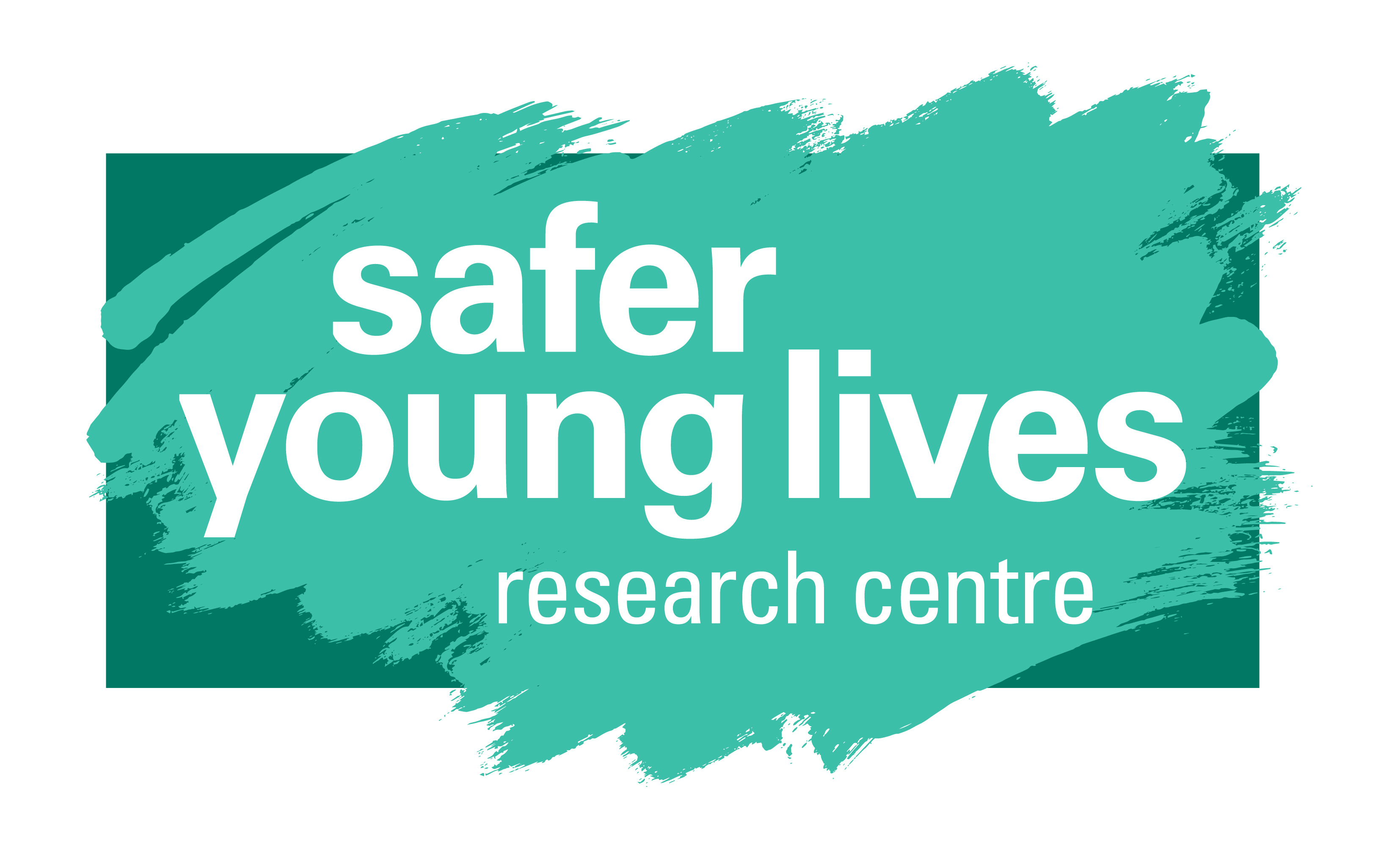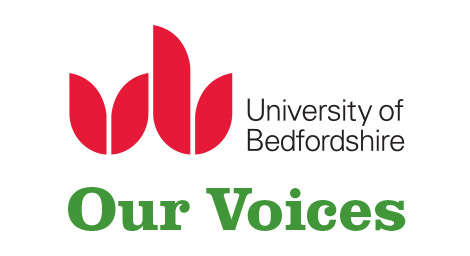What should come first, awareness-raising or action?

We explored what support was in place for children and young people affected by sexual violence, and how children and young people were currently involved in participative processes. We talked about how children and young people were involved in decision-making around their own care. We also asked how they were involved in more strategic decision-making and influencing at the organisational, local and national level. Professionals agreed that child participation was a new thing for Albania and that ‘Participation processes in general are not too common, it does not relate only to sexually abused children, but in general the process is not so common.’
The professionals we spoke with were positive when discussing what the potential benefits and opportunities there could be if young people got involved. They stated that it could lead to more effective responses, could build young people’s self-esteem and help them in the healing process. However, professionals also identified a number of barriers that prevents this work from taking place. The most fundamental being that there are, as participants continued to repeat, ‘no specialist services’ for this group of young people. They felt, therefore, that identifying and providing adequate support for young people to take part in this work was the most basic challenge.
Professionals spoke about how children and adults simply don’t talk about sex and relationships, let alone sexual violence. They spoke of people not understanding what abuse and violence was, what was ‘normal’ and not feeling able or knowing how to report. The stigma and discrimination victims felt if disclosures were made was palpable. Participants said that if sexual abuse came to light the child ‘will even be blamed, she was asking for it, the community will say but she was looking for that’. These messages mirror those that Youth Advisors in Albania shared in the Our Voices consultations back in 2014.
This has implications for how we approach participatory work with young people affected by sexual violence, particularly if we’re looking to involve young people in more strategic level work. Some professionals were of the opinion that before this type of work can happen, there needs to be more work done to raise awareness and educate society to ‘open’ up these conversations and break the taboo.
Corrigan and Pen (1999) identify three ‘change strategies’ for dealing with stigma: protest, education and contact. Awareness-raising strategies attempt to educate society, however, as professionals reported in our workshops ‘in Albania not necessarily in this area, but in different domains, these campaigns are so superficial most people don’t get the substance’ . Therefore one challenge is how to make these campaigns or awareness-raising programmes ‘more real’ and effective. Research evidence points to the fact that personal narratives, of those affected by the issue being explored, are thought to “add value” to anti-stigma interventions (Quinn et al., 2011). So in one way, it could be argued that it’s not about doing awareness-raising first, and then working more directly with those affected by the issue. Instead, involving those affected in awareness raising may be an important first step in creating meaningful campaigns. Through involvement in such activities, this may also provide stigmatised groups with opportunities to contest negative stereotypes, reframe how they are represented and encourage dialogue (Cody, 2015).
Of course, in an environment where sexual violence is not necessarily in the public consciousness, there are added ethical concerns to consider. The safety of participants is critical, as in any project, however ensuring that engagement does not increase stigma in this context is paramount. The powerful media in the country who do not, it is reported, adhere to international standards and guidelines in terms of reporting on cases of sexual violence, is one specific aspect to be mindful of. However, more specifically, in a context where there is a severe lack of specialist services, if conversations about sexual violence are opened up with different groups of society and, through this, disclosures are made, what support is in place to address this? As one professional stated during a focus group ‘Let’s assume we identify one then what? Where are we going to take that child?’
As we progress this project and start working closely with our partners in the country it is important to be aware of these added layers of complexity. We need to be creative in how we can address the need for awareness-raising and recognise the value of involving young people in this work.
References:
Cody, C. (2015) Utilising the arts to tackle child sexual exploitation. Safer Communities,14,1 pp. 47 – 55.
Corrigan, P., Penn, D. (1999) Lessons from social psychology on discrediting psychiatric stigma. American Psychologist, 54, pp.765– 776.
Quinn, N., Shulman, A., Knifton, L. and Byrne, P. (2011) The impact of a national mental health arts and film festival on stigma and recovery. Acta Psychiatrica Scandinavica, 123 ,1, pp. 71-81.






